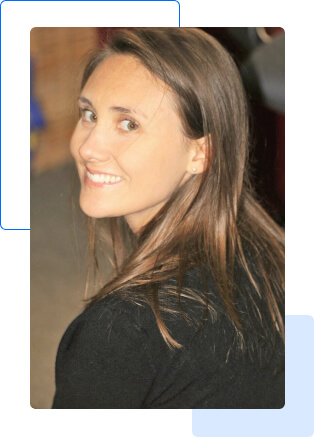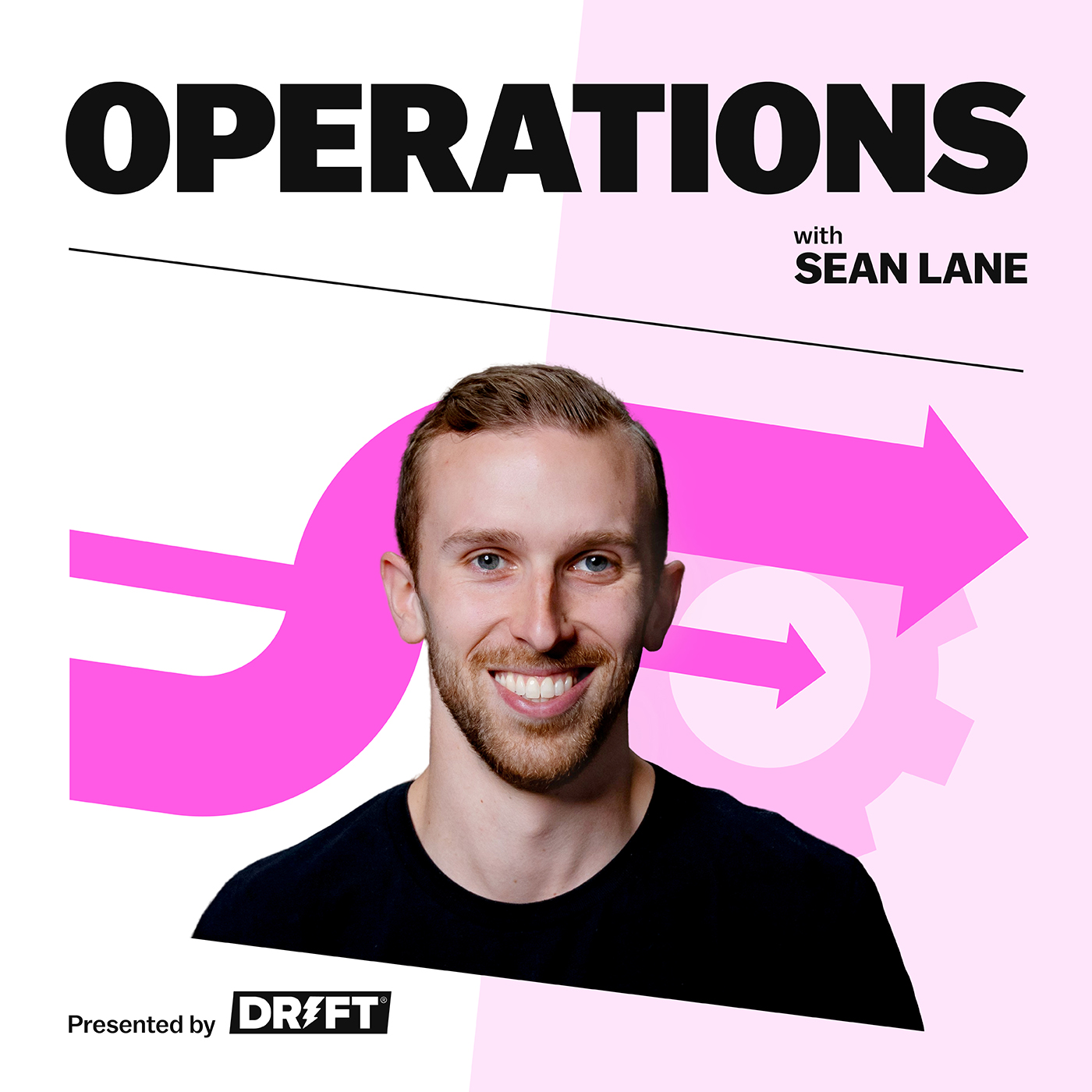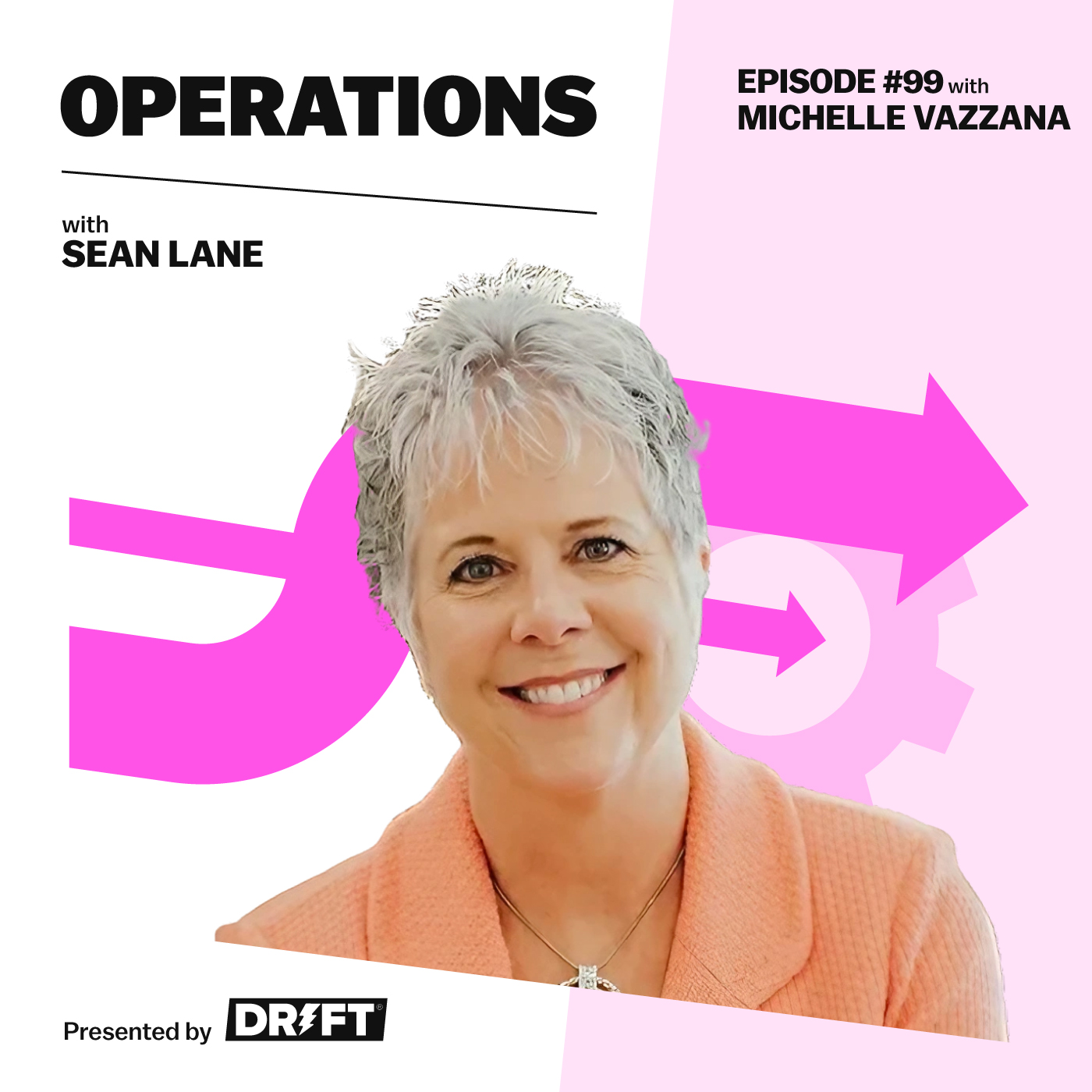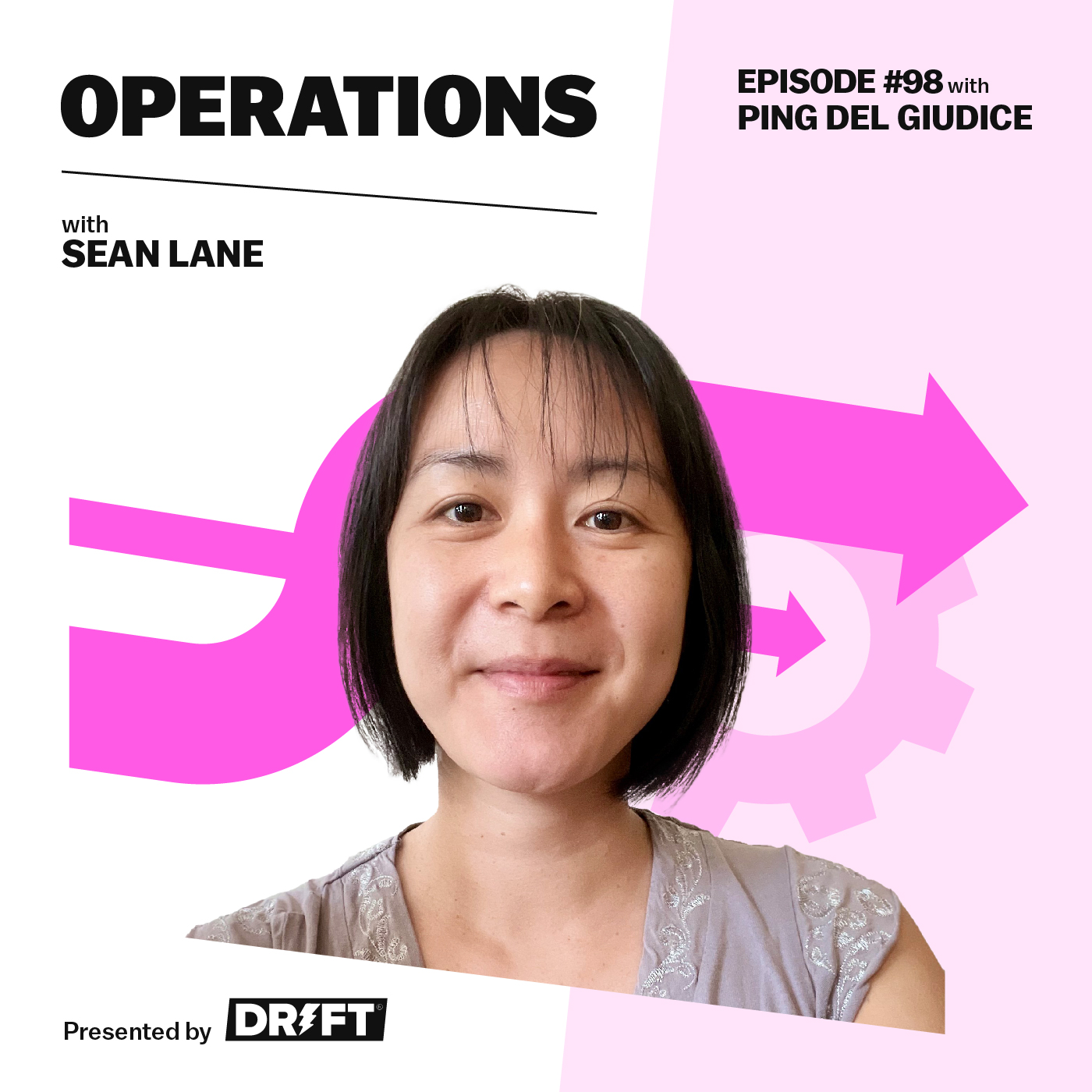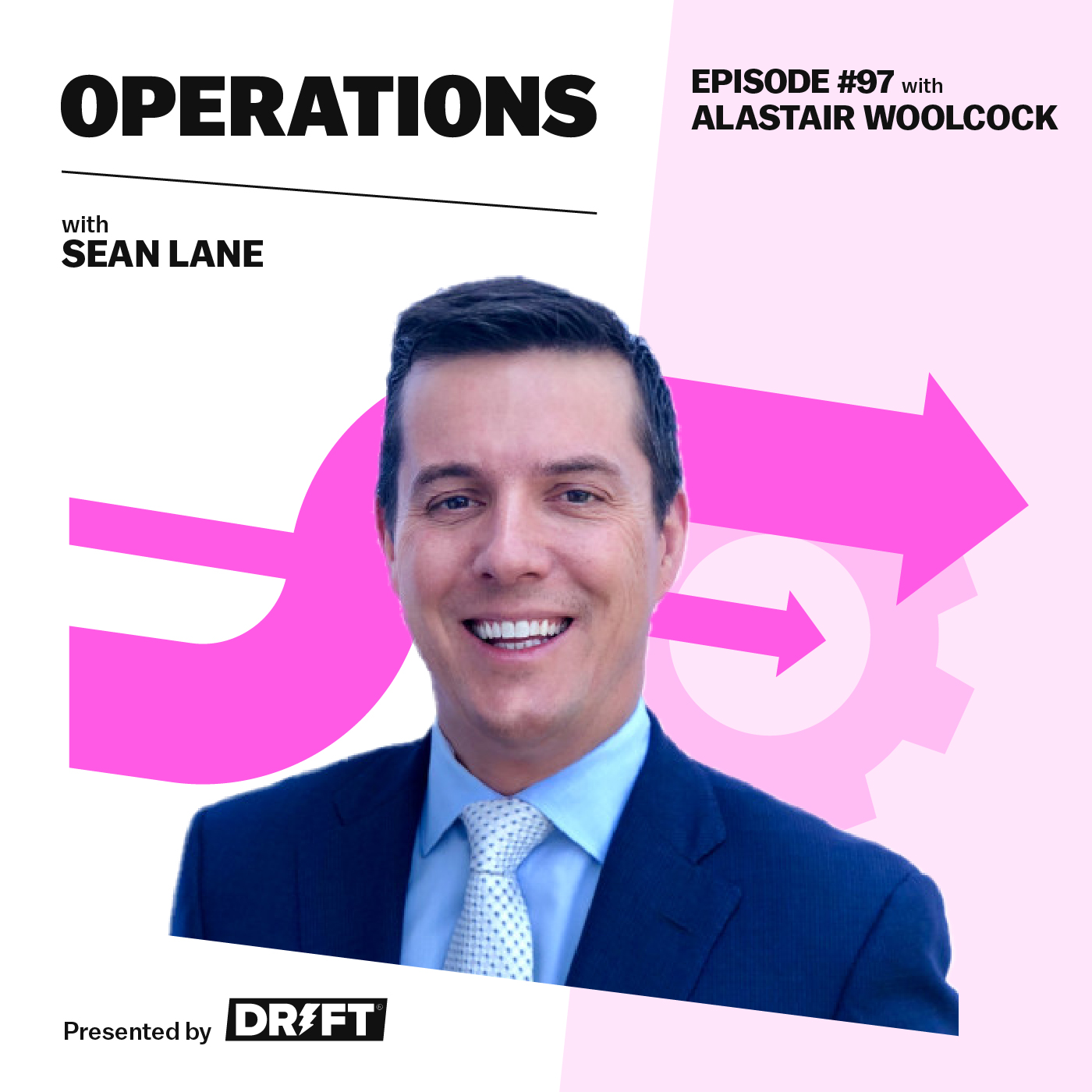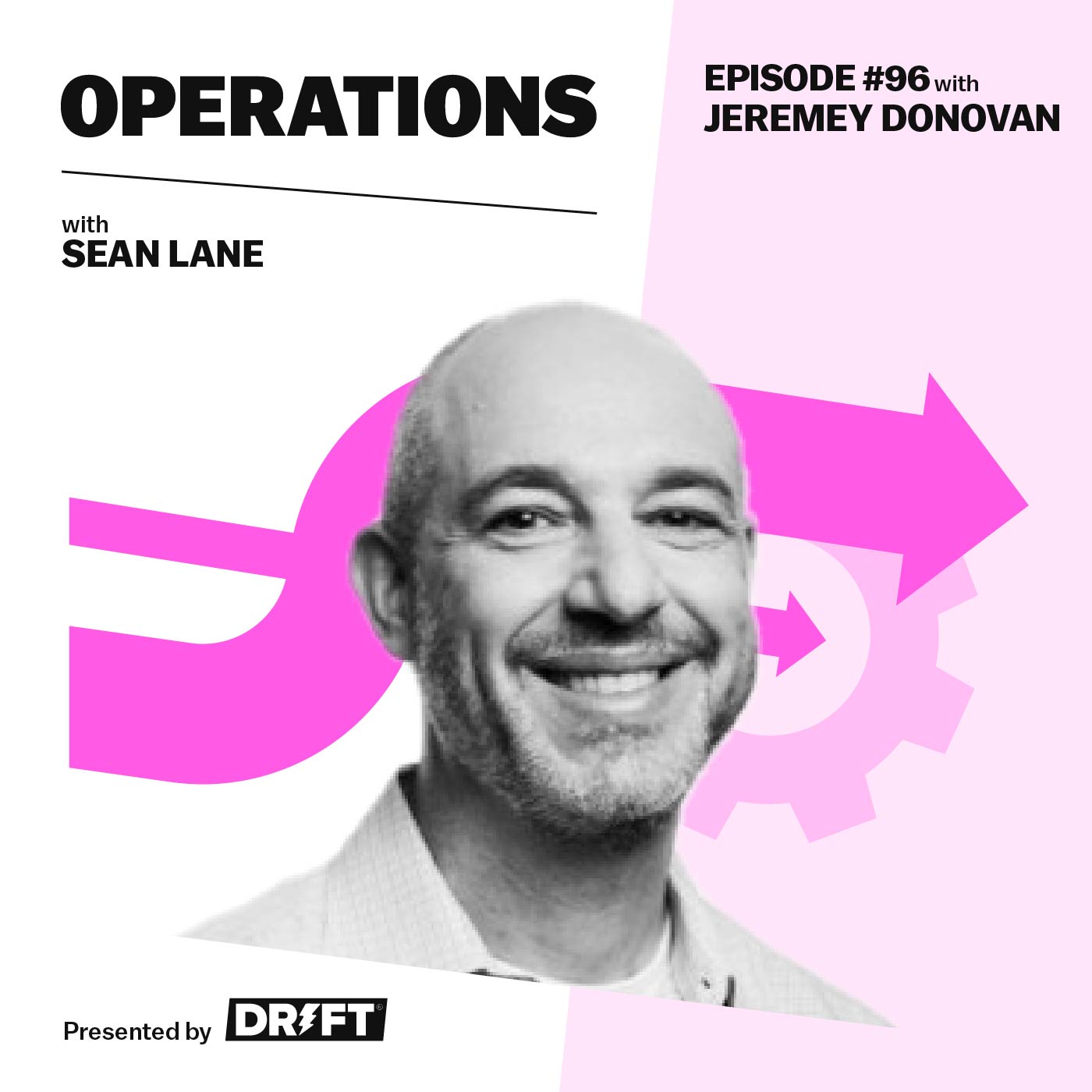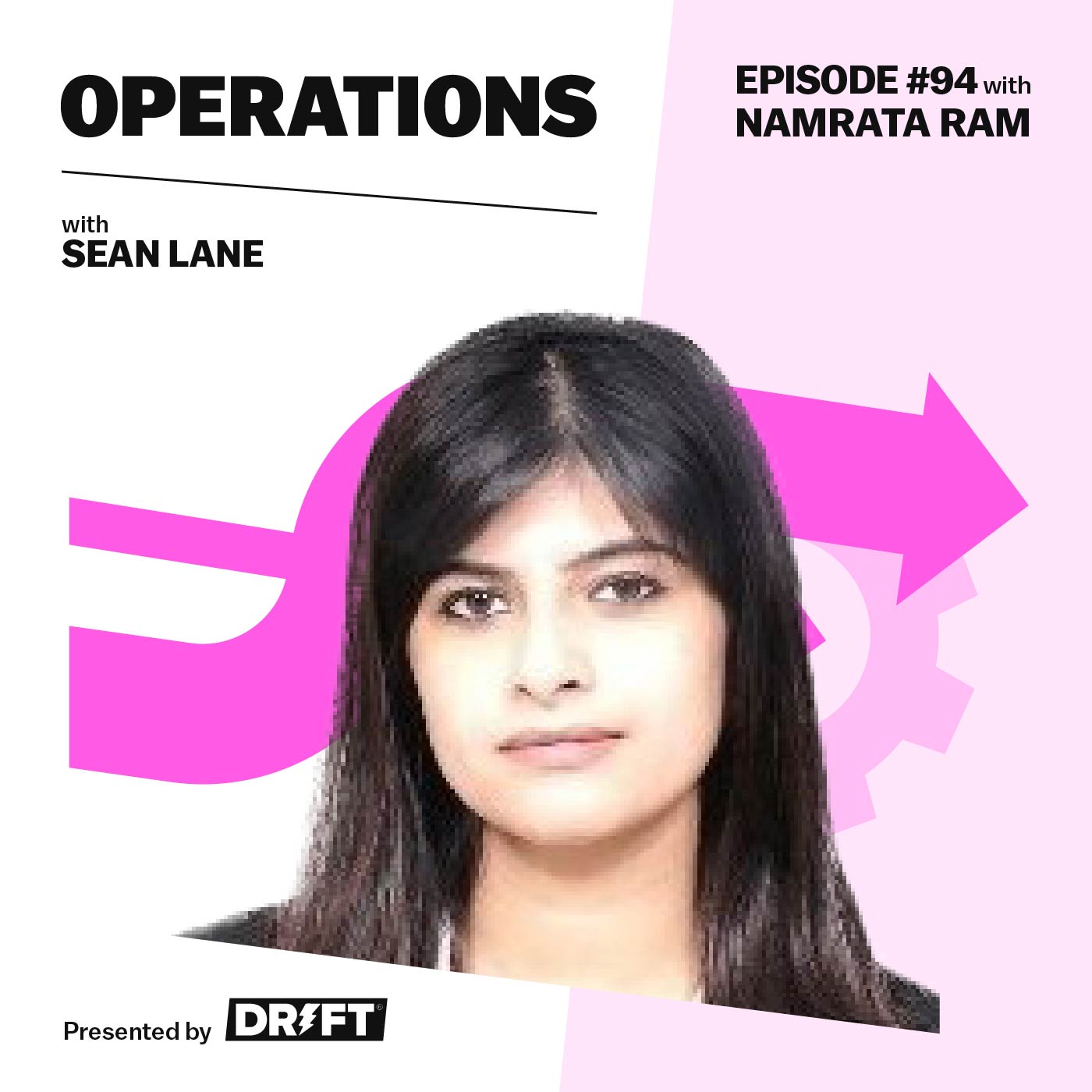Top 10 Lessons From 100 Episodes Of Operations
- 0.5
- 1
- 1.25
- 1.5
- 1.75
- 2
Sean Lane: Hey everyone. Welcome to the 100th episode of Operations, the show where we look under the hood of companies in hypergrowth. My name is Sean Lane. 100 episodes. I cannot believe that we've hit this milestone for our show, and honestly, I'm even more floored by the brilliant operators who have been so generous with their time and their lessons throughout the show's history. I've always said that my role on this show is that of a tour guide. My job is to ask the probing questions and point out the things that I find interesting along the way. So after a hundred episodes, I thought it was only fitting to look back at the top 10 lessons I've taken away from our guests, five from our first 50 episodes and five from the latest 50. Some of these come from our most listened to episodes ever and others I just plain like and I can't help but sharing with all of you. So whether you've been listening from the beginning or you're just checking out operations for the very first time, you're getting the best of the best on this one. Ready? Here we go. Lesson one comes to us from one of our earliest guests way back in episode three, Brett Queener. Brett spent a decade at Salesforce from 2003 to 2013 as an operations executive and also later ran specific product lines there like data. com and Marketing Cloud. Today, Brett is a venture partner at Bonfire Ventures and in our conversation we hit on nearly every key metric in building a successful go- to- market machine. But there was one number from my conversation that still lives on at Drift to this day. Internally, we call it the Benioff number. What's the Benioff number? Here's Brett.
Brett Queener: And a general rule of thumb that I use and we used an Salesforce and Mark was amazing with this. He'd say, " How many reps do you have?" And we'd be like, " Well, I got this many ramped or not ramped," and he's like, " I don't really care. How many reps do you have?" I have this many reps. Let's say we had 40 reps. He's go, okay, you have 40 reps. Okay, you got 40 reps. Okay, we're going to book 6 million this quarter. What do you mean? He goes, it's 50K a man. What do you mean 50K man? It's 50K a man. Yeah, but SDRs and marketing and they're ramping. And then he's like, yeah, I don't really care. It's 50K a man. So generally within a segment-
Sean Lane: And that was his way of setting the goal or that was his way of forecasting this is what we're actually going to do?
Brett Queener: Well, this was his way of telling us, keep hiring more AEs.
Sean Lane: Got it.
Brett Queener: He's basically saying was like, at a minimum we need to do 50K a man. If we do more, great. We do less, less. And it was a way of, it wasn't perfect, but from a math perspective, when you got to a segment, if you were doing more than 50K, keep hiring and optimizing. If you're doing less than 50K, stop hiring and fix something, which was interesting because one of the big challenges that the companies that you sell to and the companies I work with is the following. They get to some level of excitement. Things are going pretty well, blah, blah, blah, blah, and they tell the board they've got to figure it out and they raise their B round or their C round, go hire 15 reps.
Sean Lane: Yeah, hire a bunch more reps.
Brett Queener: Hire a bunch of reps, including at segments we're not in. Then we hire 15 reps and we realize that we don't really know how to create a pipe for them and then they don't make their number and then everybody's sad, and then everybody gets on Glassdoor and it says, company, we're not winning anymore. They've cut back on the snacks. The kombucha is not as good as it was, and the company flames out. It flames out like it's six months because we have sad reps. So everyone's worried about that, but you don't get to like, oh, I'm only going to hire the reps when I have enough pipeline sitting here ready for them. That's-
Sean Lane: Right. Well, that gets back to the balance we talked about at the very beginning of that growth versus the capacity.
Brett Queener: And so this 50K rule of thumb was if you're doing more than 50K per minute in a segment, keep hiring. And if you're doing less in a segment, go figure out what's going wrong and hire more.
Sean Lane: So many different numbers, so many different metrics anybody could look at, but do you think that is the way to just oversimplify this whole thing? Hey, what's our productivity per rep? Okay, keep going. Or okay, we got to stop and figure something out.
Brett Queener: Yeah, if you think about, it's just a math that summarizes all of the complex answers they've been giving you, right? I've tried to keep them simple, but it's just an interesting one and he was always right.
Sean Lane: As a general rule, the simplest lessons from guests on the show have been the ones that have been the most enduring. For me, the Benioff number or the expected productivity per rep is something that I'm always aware of. As Brett said, if things are going well, keep hiring. If they aren't, stop and figure out where something is going wrong. By the way, if you want to go back and hear more of Brett's full interview, that's episode three and apologize for the audio quality. We were only on our third episode, we were still figuring stuff out. Okay, onto lesson number two. One of the episodes I still hear to this day about from listeners is episode nine with Sylvia Kainz. At the time that we recorded, Sylvia was the VP of Global Revenue Operations at Eventbrite. Our conversation centered around how to build a rev ops team from scratch. But the thing that Sylvia was most passionate about was not tactics or process, it was people.
Sylvia Kainz: It's actually the people who go into revenue operations, in my opinion, are the people who have this ability about being pretty technical, but then also being able to be super customer focused. And that's not an easy skillset set to get. We talk a lot about this, but it's a really tough skillset and if I could lay another skillset on top of that, really, it's all about being very analytical and also being very open to this new world. So it's a really interesting species of people who get drawn into this field, and I think it's becoming more and more interesting for people who've been probably more focused on their skillset early on in their career and suddenly they start thinking like, oh, there's a lot of opportunities in rev up where I can still be very broad. So let me give you an example. At Eventbrite, I had a Gainsight administrator, so on the customer success side who had been a customer success, then moved into customer success operations, set up the system, the dashboards, et cetera. And then as I built my team, her biggest interest was to say, look, I want to be more than just the system administrator for Gainsight. I actually really want to understand Salesforce. And so by moving her into what I call tools team, so all my technical resources around systems, I actually gave that person the capability to say like, oh, I'd like to move into an area where, yes, I'm still the Gainsight administrator, but I also can learn about the marketing admin side, or I can become more of a developer in Salesforce. So suddenly, that person's career opportunity chances really widened, and that was super exciting for her. Now, not everybody might be as technical as she was. I've seen other people who said, no, I'm really interested more in the analytical side. Can I actually join your analytics team or can we talk about that? So rev ops has this ability to be really brought and have different categories of teams that allows really ops resources that were sitting in now, the different departments before and had kind of a two year lifecycle. Who wants to be doing the same thing more than two years? No, you want to grow, you want to do something else. And so rev ops suddenly allowed a lot of my ops managers analysts to say like, oh, I see a career path in revenue operations, and that's been really fulfilling for me.
Sean Lane: Sylvia genuinely cared about the growth of operations folks and she made sure that they weren't pigeonholed in one specific area. The lesson though is in those traits that she looks for in a rev ops team member, technical, analytical, customer focused, and the most important of all to her, intellectually curious. Today, after spending three years at Airbnb, Sylvia is an advisor, a board member and investor. If you want to hear more from her about team building and how to fight. For more headcount and ops, check out episode nine. Okay, we're up to lesson number three. Lesson three comes to us from episode 26 with Melanie Fellay, the co- founder and CEO of Spekit. In the episode, Melanie and I talked about the intersection of sales operations and sales enablement. We go deep on measuring the ROI of different enablement tools, but the thing I really took away from our conversation was the distinction Melanie made between two terms: change management and change enablement. Now, I hadn't heard the term change enablement used before, and as someone who constantly needs to stay on top of changes in my own tools at Drift, I learned that it was something Melanie and her team were trying to codify and promote.
Melanie Fellay: It's a term we're trying to coin a little bit because I think that's a challenge that every organization out there has, which is like how do you keep your teams aligned? How do you keep the plane flying while you're building it or whatever that expression is. But everything, the one thing every single organization and sales team and an operations team has out there is that change is constant, whether it's in your own product and services, whether it's in your processes, whether it's in your tools, there is so much change and day- to- day decision making that people need to keep track of. And so how can we make that just a little bit easier for employees and for their managers and for the enablement teams that are having to keep track of all this change as well as enable their users on it? Yeah, it's interesting what you just mentioned about people not even knowing what kind of features are available in their tools. I was asking my team member the other day about this feature and outreach. He's like, oh, I don't know. And turns out we just hadn't been using that feature for it for a couple weeks. And when it comes to the software not getting utilized, there's a lot of tools out there that measure that. But looking at some of the customers that were prospects that we've been talking to recently and one of them has over 4, 000 employees and they have a 70% login rate ever in Salesforce, and that goes to show that just introducing tools, if you don't have the right change management strategy around that, if you don't properly train your users on how to use them, then it's really hard. And one of the things I always talk with the organization, I'm like, listen, I can't solve for the fact that people aren't logging into Salesforce. That at the end of the day, there's a really interesting Australian study that breaks down the factors that impact technology adoption, I'll send it to you afterwards, but it really comes down to a couple different factors. The first one is perceived useful. What are the benefits to that user? Why as an employee do I want to use that tool? What is it going to do for me? And to me, you can't do that in a tool. That is what your in- person training needs to be focused on. That is what your time with your employees needs to be focused on. Here's why we've invested in this tool, here's how it's going to benefit you and make you better at your job and here's what you can benefit from using it. You're going to get more sales, whatever it is. And then there's managerial support. How do you make it easy for them to use the tools? And that's where more of a solution Spekit comes in, which is as I'm navigating the tool, any question that I have is easily answered. And then lastly, it's peer influence. And that's why more and more organizations, especially in larger teams, we see have power user boards or champion boards where they identify some key influencers in their sales teams or operations teams, either because they're top performers or because they've been at the company for a long time or because people just listen to them. They're that person that has a lot of friends in the organization. But if you get those people bought into the tools and they can be your force multipliers, meaning when you're trying to get adoption of new sales process, they can speak on your behalf rather than your IT team pushing that change or sales ops pushing that change, you can really create a little bit more momentum around the adoption of those tools.
Sean Lane: Yeah, I love those three categories. Perceived usefulness, manager support and peer influence, and all three of them I think combined together would make for a great rollout of a new tool or a great ongoing enablement of an existing tool. But to me, that third one you just talked about, pure influence time and time and time again is the one that I see that makes or breaks anything that we use. Anything that we use, if we don't have that third one, forget about it. It's not going to make it.
Melanie Fellay: 100%. That's what I spent a lot of my time on at when I was managing Salesforce and the majority of our tech stack at my last company, I was just spending so much time figuring out who were the people that I had to win over and figuring out, literally sitting down with them, watching them work and asking them, why aren't you using this? How can I make this easier? What's something that pains you? And just identifying those low hanging fruit and quick wins that I could potentially roll out in Salesforce. Sometimes it's as simple as a button that allowed them to pull a report. Sometimes it's silly, but if you get buy- in from those folks on your team, then when you roll it out, I'm like, okay, great. I just built this thing you asked me, go let everyone know. And all of a sudden, it's not this IT forcing adoption. It's not your sales ops, it's not your sales enablement. You've now got this champions board of people that they can do that and you can do it officially, you can do it unofficially. I think it really depends on your culture and your organization, but just like there's sales presidents club that really rewards top sales performers, I think there's something to say about having power teams, power influencers out there that really promote operational excellence within your organization. Because at the end of the day, that makes a huge difference on your bottom line as well.
Sean Lane: The next time you're thinking about change management within your company, invert that thinking and focus on change enablement. Change enablement is literally the act of making something possible for someone else. The primary focus shouldn't be on the person or the team managing the change. It should be about those who are being enabled. If you want to hear more about how the worlds of sales operations and sales enablement come together with Melanie, listen to the rest of episode 26. Okay, we're to lesson number four. Lesson four is from the most listened to episode of Operations ever. That episode belongs to Rachel Haley, episode 39. In the episode, Rachel and I talk about the art and science of sales planning at one of the fastest growing companies out there, Snowflake. During her time at Snowflake, Rachel and the team grew from 30 reps to 450 and the operations team alone grew from three people to 40. There's plenty of nuggets in this episode, but my favorite part of the conversation was hearing about the partnership she had with sales leaders when it came to planning for the outrageous pace of growth and hiring that was necessary at Snowflake. And as I mentioned, it was a little art, a little science, and from what I learned, the planning never stopped.
Rachel Haley: I think Snowflake is a very unique company and very lucky in the sense that the product is so differentiated and fantastic that for the most part when we've set revenue goals or hiring targets, and we also had a fantastic recruiting team as well, we were able to hit those. However, your point still holds, Sean. There's an art and a science to this. And that's the interesting thing about working with sales leaders and what I've always really appreciated because I'll approach the headcount planning and capacity or growth modeling with a very quantitative perspective and I'll have an Excel model or a SQL model or something that's very data driven and mathematical, and then they'll look at it and they have all of this basically street knowledge is what I call it in years of actual experience and selling. And it's a very interesting and fun conversation to combine the two. You can present anyone with a model and we would do that. And especially some of the East coast sales leaders who I became really close with, I would show them these data perspective and they're like, okay, this is great. However, this is not actually a viable company to sell to. I understand that the scoring and the data would say that it is. However, I can't actually put a rep on this account because he or she will not be able to eat. They will not be able to make their quota. If this is one of their primary targets, they're going to spend two years just trying to get a first meeting. So that's not realistic. Really, the conversation was more along the lines of like, okay, Mr. And Mrs. Sales leaders, these are the assumptions that we've put together and we've been able to aggregate how do you think about this? Does this make sense? Does this align and is this directionally correct with what you know and understand about your territory? And then it was more of a delicate dance and you are right and things probably, they weren't always going a hundred percent according to plan. So we would obviously try to add in additional buffers in terms of hedging for our revenue goals. We would try to overhire, we would try to hire ahead so that we didn't miss from a revenue perspective. And then obviously if that was something that we weren't able to achieve, trying to figure out which accounts we have that were existing customers, which ones of those that we could try to actually glean for more of an upsell. So we always had contingency plans, but I think the higher level type of conversation was more of a delicate balance between the art and the science. We weren't just blindly taking the data. It was definitely a very strong input to how we would scale, but the sales leaders needed to agree with it and that needed to fit into what they knew and understood about selling for over 20 years in their respective territories.
Sean Lane: I really like the art and science dynamic. One of the things I think of with our team at Drift when I think about that art and science is our sales leaders are always talking amongst themselves and with their frontline managers about the concept of building a bench and always having folks that are either from previous companies or from their network or folks that they're proactively going out to to actively build that bench of who's going to be next for the team and whether that is for growing from 30 to 450 reps or replacing a rep who isn't performing. And so that balance to me, they're kind of building that bench. And then at the same time, all those timelines that you were talking about become critically important when you're trying to build your bench. How long does it take to recruit somebody? How long does it take to ramp that person? When are they actually going to be productive? And so that, to me, is just another version of that balancing act. How far out were you having these conversations with them? If you were saying, okay, we need to be at a hundred reps by the end of the year, how far out were you having those conversations to make sure you're at a hundred productive reps at that point in time?
Rachel Haley: Great question. We were always planning at Snowflake. So at least as soon as we had the edict from the board of like, this is Snowflake's long- term plan from a revenue perspective, this is our path to an IPO or a revenue goal that it was, which was 10X where we were at the time in 2017, we were always in planning mode. So not only were we looking a year out, it was like short- term and long- term planning. So we had two years out what we were thinking about and then one year out and we were constantly refining that every quarter. I would say definitely start the conversations as early as you can. I think a year is probably the shortest timeframe I would start. It's not always feasible, but it takes a long time to find really qualified account executives. And especially in 2017, it was a very different economic environment then, and it was an employee's market. There were so many startups that were growing at a fast pace and it was hard to find good talent. And so you could never start the conversation early enough. And to your point of building a bench and always having a network of people to which you could draw from, I thought was very helpful. We did that at Snowflake as well. But back to your original question, I think at least a year and then from the time I started, we were always in planning mode. Every quarter figure testing, that was just sort of the status quo.
Sean Lane: So if you want to take something away from Snowflake's planning process to bring back to your company, I'd say take these two ideas. One, they were always planning, and two, you can never start planning conversations early enough. Recruiting conversations, planning conversations. The further you can get ahead, the better. To hear more about Rachel's experience at Snowflake, including why her CEO said that he had wished he invested in operations even earlier, check out episode 39. Okay, we've arrived at our fifth lesson and the last clip from our first 50 episodes. This was the easiest clip to pick out because to this day it caught me off guard more than any answer I've had from a guest. If you've heard the show before, you know that I always end the show with a series of the same questions or prompts. One of those is someone who impacted you getting the job you have today. Here's what Flywheel COO, Karen Borchert said to that in episode 19. Someone who impacted you getting the job you have today.
Karen Borchert: This is a strange answer, but I will say it anyway. The person that impacted me the most in getting the job I have today is Lin Manuel Miranda. That is because when I was in the job I had before this, I was in a job that I wasn't challenging myself very much and I wasn't doing things that I was really, really proud of and energized by and excited about. And I heard for the first time the full original Broadway cast recording of Hamilton, and I stopped dead in my tracks on a 10 mile run to marvel at that work and that creative accomplishment of his. And I quit my job because I decided that I wasn't doing something that I would marvel at someday, that I was truly proud of. And so I quit my job. I flew to Chicago, I saw Hamilton, I realized that I decided that it was the right choice to make. And then I said about finding a job that I could do something that I would marvel at some and be really proud
Sean Lane: Of in addition to being just an incredible story. Karen's lesson here is just plain inspiring and it stuck with me. Do work that you can marvel at and that you'll be proud to look back at someday. May we all be so lucky as to get the opportunity to do just that. Today, Karen is now the founder and CEO of Alpaca doing work that I marvel at, providing monthly care packages to teachers. To hear more from her and to learn about her goal setting framework, check out episode 19. Okay, lesson number six. Lesson six comes to us from Allison Pickens, the former COO of Gainsight. In our conversation, Allison and I talked about the anatomy of creating a category and more specifically, evangelizing that category. So I asked her if evangelism is a prerequisite for category creation.
Allison Pickens: Yes, I do think that evangelism is an important part of the role of a startup. I think that not because I think it's important for startups to try to create a wave, but rather because I think it's important to position yourself as the leader of that wave. So I mentioned in a blog post that I've written on this topic that a lot of people I think in the past have believed in this quote, great man theory of history. You could obviously replace man with person, great person theory of history, that certain individuals come along and they're incredibly special people and they become these important leaders in society that everyone follows. I take a much more, you could call it society driven way of thinking about the way that the world evolves, which is that there are certain gravitational forces that move the world in particular directions. And the entrepreneurs who are successful are the ones that identify those forces and position themselves in line with it as much as possible. And so the evangelism actually is intended a lot less to catalyze the force which is already there and will proceed at a fairly fixed pace, but that you can speed up maybe a little bit, but more importantly, position yourself in alignment with that wave. So for example, there's a wave that's starting to gain momentum now for the product led sales software category. And I've invested in a particular company in this space and we shall see who is best positioning themselves to ride that wave. And it might be that the winner of this, it could be that someone tackling this problem has an incredible resume, an incredible talent on the team, and meets a lot of these check boxes for what counts as a great startup. But I think the team that will capture this wave the best, will be the best communicators, best listeners, first of all, in terms of what they are hearing from what people need in this software. They then communicate back to these potential customers, we hear you and here's why. Here's what we're hearing from you. And that will create a virtuous cycle where those customers then feel like they're being listened to and will want to engage more with this team. And then that team will leverage what they've learned from the community to build the best product. So it'll be interesting to see which is the company that emerges that is able to best evangelize in the way I described and therefore become the dominant leader.
Sean Lane: So to use Allison's language here, the companies that don't just ride the wave but position themselves as leaders of the wave will be the ones that ultimately gain the trust and the business of their markets. And if you're listening to this podcast, chances are, you're part of a wave of operators yourself. Go back in time just a few years. Podcasts like this didn't exist. The amount of marketing content that is now targeted specifically at us, the operators, has skyrocketed and there's so much more to come. Allison Pickens is now an investor and advisor through her work as the founder and general partner of The New Normal Fund. You can learn more from her by subscribing to her newsletter. It is phenomenal and by checking out the rest of episode 72. Okay, let's jump to lesson number seven. This clip comes to us from the episode that I've probably shared individually with more people than any other episode. And the reason why I keep sharing it so frequently is because the guest, Greg Callahan articulates an important topic better than anyone else I've ever heard, that topic is strategic account management. Greg is a partner at Bain and the founder of Coro Account Planning. When Greg was faced with the challenge of strategic account management through his work with Bain's portfolio companies, he created his own blueprint to guide the rest of us through it. The most important lesson for all of us, Greg's four core components of strategic account management.
Greg Callahan: There are four core components to really successful strategic account management. The first one is having really clear articulation of which accounts. So it's not a hundred accounts per rep, it is what are the accounts that I can drive the biggest absolute dollar change over the next 18 months? And I use the absolute dollar change as an important clarification because typically people run to your biggest accounts and in your biggest accounts, that's great. But the reality is that they may not have a lot of change and the absolute dollars, there's accounts that have real risk in them. And so that absolute dollar change can go up and down. And it may be a mid- market account that you have massive expansion opportunities for that you want to go after. And so really defining what are the accounts. The other thing I'll throw out there in the account status is if you are doing more than four strategic account plans per rep, it's no longer strategic. It is really time- consuming and thoughtful process to put it down on paper, and so you may have eight accounts or 10 accounts or 20 accounts or 25 accounts, but that strategic account planning process, if you're being strategic on everything, you're being strategic on nothing. So that upper bound is four, and it's typically kind of two to three is a good number of things that you think are going to have differential value over the next 18 months. So part one is accounts.
Sean Lane: Okay.
Greg Callahan: Part two is around cadence. And so this is where it gets different from the way even our parents did account planning is that account planning is two parts. Part one is actually getting the team together and building a plan. It doesn't need to be a massive exercise, but putting people in a room for two hours and saying, what are the customer's needs? What is their ambition? What does the competition look like? What does our product set look like? What is the plan and sets of place we want to go run against them? And getting really clear articulation of what you want to go run. And the second part of the cadence is, okay, now that we've got that and we've documented it, how do we come back to that every 30 days? And we drive that mutual accountability across the team to go deliver against that. What we find time and time again and why strategic account planning fails is people do the heavy lift at the beginning of the year and they probably spend way more than two hours, but they spend the time upfront, write down a plan and never do any action against it. And so that 30 day coming back and that touchstone of making sure you create that accountability, that cadence is really important. And I want to be clear, coming back to our opening conversation that come back to is different than opportunity management. And so this is not your forecast call. This is not dealing with deals, this is not closing conversations or legals. This is exclusively talking about things that are not in the pipeline that you want to go do. And so carving out that time is really important. Third, and we'll jump to the fourth real quick, but the third one is plays. And so this is a concept that now lots and lots and lots of people are talking about, a bunch of the enablement friends in the space are talking about, but this idea of creating simple, easy to use plays for your team that they can run consistently. And so if it's a new buyer play, it's a new product play, it's a new customer play, it's a whole bunch of stuff, but the idea is how do you crystallize and put together a series of actions that make it really easy for your sales team to go do we do an awesome job with this when we have new product launches, we have a marketing package, we're selling collateral. But if you think about all of your other products that sit in the portfolio that you haven't refreshed or done anything around in the last few years and the team does, we should just have really clear plays and product marketing. It's a cross- functional team is actually building out consistency into its plays. And then last but not least is tooling. Simple, simple, simple, simple, simple. Two things simple and digital. It needs to be simple, it needs to be able to fit on a page. There are a series of questions. We've actually, maybe to a fault, have been pretty dogmatic that we don't allow people to add stuff to an account plan. We have a pretty simple, easy to use account plan. If you want to add a question in, you have to take one out. This is not the wonderful place where everyone gets to ask their series of questions. And the second thing that really drove us nuts personally over the years was for a long time we did them in PowerPoint and Word documents. And at the end of the day, that was just not a great document for mutual accountability. And so putting it into your CRM and finding a way to create that digital accountability and that touchpoint, in that 30 days, you come back and say, Hey, we committed to do the following things with the following due dates and we assign these owners to go get them done. I don't care how you do it, but get that singular surface where you are committing to those sets of actions together.
Sean Lane: Greg taught me that if you're being strategic on everything, you're being strategic on nothing. And for that, I'll continue to share his episode with anyone who will listen. If you want to check out the rest of our conversation with Greg, it's episode 73. All right, time for lesson number eight. This clip comes from our second most listened to episode ever with one of my favorite guests, Mallun Yen. Mallun is the founder and CEO of the Operator Collective, which is a VC fund and community comprised of tech's most sought after operators. So how did a career operator like Mallun end up running a VC fund with 137 operator LPs? Here's how.
Mallun Yen: And I knew I loved working with startups and I loved working with founders, but I always felt a bit of an outsider, I wasn't part of the in crowd of the VC world and always felt like, oh wow, they can do all these things. They know how to invest in the next Twitter, they know how to do this, and they're always tweeting to each other. They have these huge presences on social media. And here I am, which is I mostly identify as an enterprise operator. But as I started to dip my toe into saying, Hey, I'm trying to figure out what I want to do, it turned out that a lot of the founders wanted to talk to me, and a lot of the VCs wanted to introduce me to their portfolio companies because it actually turned out that not that many people had grown revenue basically from the ground up to 300 million in the enterprise. But when you're so immersed in something, you sometimes don't realize that you actually know things that other people don't. And so my aha moment was sitting there talking to probably my fifth founder, knowing also I didn't have the net worth to be able to just invest in all these on my own or the time to advise. And the first few times it happened, I'm like, wow, they think everything I'm saying is so helpful and brilliant. I'm like, this is second nature. But then when I stepped back, what I realized is, well, of course it's second nature to me. I live my life in the enterprise and then sold to the enterprise. But a lot of these founders and some of the VCs as well, they're super smart. They're super motivated and hardworking and determined, but a lot of them have never actually bought enterprise software, sold enterprise software, used enterprise software, been in an enterprise. And when you haven't been in an enterprise and also built large teams, and so if you haven't been in an enterprise, it's actually hard to get the training you get. I actually tell sort of people coming right out of school, actually, you should go to big a company because you'll get great training that you otherwise can't really get elsewhere. So that was the aha moment, which is wow, first of all, I was like, oh, they want to talk to me. And it's like, oh, they think what I'm saying is really interesting. And it's like, oh, well of course they do because they're smart. They know that once you get that initial idea and you muscle it off the ground, you can't just hire a bunch of natural athletes to grow and scale your company, you actually need people who have been there, done that. And so that was when I said, of course they need people like me, but I just didn't realize it because venture felt so unachievable and unattainable. And then I realized that, well, because you tend to know a lot of people like you, I knew a lot of enterprise operators who had built and scaled up companies like my company was Cisco and Salesforce and Google and Stripe and Beyond. And that they were also feeling like me, which is they are working a huge day job climbing the corporate ladder. A lot of us were 40 and over, trained to juggle raising a family, and most of us were women and people of color as well. And so my moment was you know what? If we could, and I'm also an operator, so I hate inefficiency. So I would hate for everyone to have to rethink-
Sean Lane: I have to solve this void.
Mallun Yen: Which is if I solve it for myself, which is I spent a year meeting with people and trying to understand what the issues were, and then I was like, oh, I've solved it for me. Why don't I just share it with everyone else? So I also knew that if we could find a way to bring all this extremely talented operating talent into the venture ecosystem in a way that was accessible to these busy, busy operators who have these humongous day jobs, then we would be able to pretty much invest in all kinds of great companies. And at the same time, what we'd be doing is we'd expand wealth creation. So it wasn't that same group of individuals, the homogenous dominant group who again and again are deciding which companies will be successful, which companies will be funded, what the culture looks like, what it looks like when those companies grow and scale. And so it is about expanding wealth creation and literally bringing our natural more diverse networks into the venture ecosystem. So we changed the tech industry from the ground up because forced diversity doesn't work. If we could align financial incentives, expand wealth creation, and make it natural for these networks of people that don't intersect, I was an example. I was in the tech industry. I had been a part of the founding team as this venture backed startup that we had grown up. I'd been part of Sasser from the early days, but I totally felt like an outsider. A venture was not accessible to me. I was not a long time angel investor, I was not engaged in all these companies because I just didn't feel like that was something that I had the skillset to do. So that is why, which is I didn't have that grand plan at the beginning, but as I went through the zone experience for myself, I realized there's an opportunity here to not just bring operators in for the sake of bringing operators in for the sake of helping founders. But yes, we want to do that. But it's a deeper mission of literally changing the face of hopefully the tech industry and beyond from the ground up in a way that expands the power dynamic by expanding wealth creation.
Sean Lane: In addition to the mission of the Operator Collective being incredibly admirable, there's this amazing thing that happens when you have to teach someone something. By forcing yourself to articulate what you're trying to teach, you become both more clear in your own point of view about a topic and you realize, wow, I actually know a lot about this thing that was Mallun's aha moment. And that aha moment likely applies to you as well. If you've worked in a fast- growing company or seen specific parts of a company's journey before, it's pretty hard to replicate that in any sort of training. And Mallun's work is proof of the value of that experience. There is so much more in our full episode with Mallun. So if your interest is peaked, check out episode 74. Okay, just two lessons left. God, I love this show so much. Lesson number nine brings us back to the world of enablement with someone whose role is to teach others. And in her time with us, she accomplished that mission as well. That someone is Marcela Piñeros Global Head of Sales Enablement at Stripe. When Marcella joined the payments giant, she set out to completely overhaul the new hire training program. So she built out onboarding, right? Wrong. Marcella taught me that the word onboarding is a lie.
Marcela Piñeros: Onboarding in most organizations, and I have deep respect for people that work in onboarding because it's incredibly challenging with the highest expectations from the business. But in most organizations, onboarding consists of a schedule, a calendar of live delivery or of here's some information that we will spoonfeed to you. And after one week or two weeks or three weeks or whatever the duration of that onboarding program is, you just kind of spit people out into the wild. They say, okay, you're done. And then you send them out. And the truth is that in their real world and their day- to- day, they're never going to be spoonfed information the way that you did during those couple of weeks. So you are modeling a behavior that is not really going to be consistent with their success. That's one thing. And then the other part of it is that we know what the forgetting curve is. We know that if you are offering a hundred percent of the information to someone in a very condensed amount of time, you're lucky if they retain 20% of that after the first week, 8% of that after the second or third week. So really what you're looking at is 92% of the information is lost. Look at that just from a context of ROI.
Sean Lane: Wow.
Marcela Piñeros: Especially if you flew people in to the location. So granted, there is definitely a value in live people coming together, the networking, the intangible feeling of belonging that happens there is incredibly precious. But if you're trying to also get people informed and capable to do the job, that may not be the best model. So what we do is something different. We launched a reinvented program that we don't call it onboarding precisely because I think that onboarding is a lie. And with our program, what happens is that when you join in our go- to- market organization, you need to do 20 customer ride alongs in your first 30 days. From the onset, you're going to be observing what is happening in the wild, what's happening live. We give you the resources so that when you have a question, you have a place to go to get answers. But let's say that you've shadowed or you're following one of these ride alongs. At the end, you have to fill out a form. One, to get credit. And two, to be able to give us a little bit of line of sight. And you're going to answer, what was the most surprising thing I saw? What is the most confusing thing I saw? And where will I go to get more information? So the most surprising thing is actually just helping them reflect really quickly on everything that they just witnessed and they have to compare. And in that reflection, it helps also retain the information. The most confusing thing is actually a data point for us because if we have a lot of new hires highlighting the fact that there's something that's very confusing common amongst all of them, that's an indicator to us that that's a good place for an intervention. And where they're going to go to get more information. Sometimes they're going to respond to things that we didn't even know existed, repositories that have happened organically across the organization. So it becomes also a great data point for us to be able to source where is knowledge being shared? And if you have a new hire that just has no answer to that question, I don't even know where to start. That's a flag for whoever, like the ambassador of the cohort to be able to reach out and say, Hey, I heard that you were having trouble with this specific topic. Let's talk it through. So that's one big shift is that instead of having people sitting, observing and trying to consume content at a incredibly hectic pace, what we're doing is trying to get them into the field to be exposed to the reality as soon as possible with the premise of giving somebody the answers before they're asking the question doesn't give you the same results.
Sean Lane: Want to help the person that runs enablement or onboarding at your organization? Pass along Marcella's three questions. They will thank you, I promise. And so will everyone at the company who will be the beneficiaries of that learning. To hear more from Marcella, especially tips on how to avoid the hamster wheel of enablement content, check out episode 77. With that, we have arrived at our 10th and final lesson from the first 100 episodes of operations. I thought it was fitting to pick our final lesson from an episode that, to me, looks towards the future of operations. And the guest that did that the most for me recently was Erol Toker, founder and CEO of truly. co. While Errol's company helps eliminate complex repetitive tasks through a methodology called hyper automation, we actually ended up talking a lot about the unique value of human beings in the midst of so much technology. Here's Erol.
Erol Toker: I think people really underestimate just how much value add humans are adding in the part of the sales process. It's like getting to know you and finding targeting. The long run to me is, it's so clear. The long run, GPT-3's out, AI's already creating all that stuff. The long run value of humans is going to be creativity, not solving problems, but knowing what problems are worth solving. So when I go into an organization, I don't even, when you think of the efficiency pitch, I only focus on one thing, which is how much time are your reps speaking to other people? That's the only metric that I think matters. And the reason for that is if the true value that a person can provide is exploration and creativity and stringing a problem together, if that is the true, the maximum value that a person can provide, probably most of that is going to happen in spoken form or collaborative form. So it doesn't really matter to me if you are... We've automated away all your activities. If you have two hours of speaking time a day, I don't care how efficient you think you are or how much from an internal lens or I made sales, 300% more efficient, doesn't matter because the maximum value that they can provide is two hours of the day. That's the utmost maximum value that they can provide. And so that's how I think about the shift with rev ops is like, it's like how do we rethink what our resources are and how do we align them to customers in different creative ways to maximize that airtime.
Sean Lane: The long run value of humans is knowing which problems are worth solving. Erol convinced me that our creativity is not only our most important asset, but the means through which we provide value in this new world. And if that's not inspiring to you as an operator, I don't know what it is. To hear more from Erol and why I think that hyper automation will be the new benchmark for operations teams, check out episode 90. That's it, my friends, the top 10 lessons from the first 100 episodes of Operations. If you're new to our show, I'd highly recommend going back and listening to all of our other guests who I couldn't fit into this episode because I can honestly say I learned something insightful and enduring from each and every guest that we've had. A special thank you to all of our guests for giving their time and their wisdom to this show over the years. I also want to thank DC and DG for helping me get started with this show. Will Collins, for being my first ever guest and letting me do this show while having another job and pushing me to do it. I want to thank a couple former drifters, Dan Myers and Molly Chill, who really made this show hum for a long time. Michelle Balaban, who's designed all of our cover artwork and a special, special thanks to Elizabeth Hill Frank, who has been the producer extraordinaire behind the scenes for this show for a long time. Lastly, thank you to our audience of operators who have kept this show going and send me feedback and send me notes about what they've learned from our show. I really appreciate you all, most of all. As always, if you like what you heard today and you learned something, make sure you leave us a review on Apple Podcasts or wherever you get your podcasts. Six- star reviews only. And if you're just joining us, make sure you hit subscribe so you get a new episode in your feed every other Friday for the next 100 episodes to come. All right, that's going to do it for me. Thanks so much for listening. We'll see you next time.
DESCRIPTION
100 episodes of Operations! We are so grateful for the brilliant Operators who have been so generous with their time and their lessons on this show.
After 100 episodes, we thought it was only fitting to look back at the top 10 lessons we’ve taken away from our guests, 5 from our first 50 episodes and 5 from the latest 50.
So whether you’ve been with us from the beginning or you’re just checking out Operations for the first time, you're getting the best of the best in this one.
Our 10 lessons come from the following guests:
- (01:09) Brett Queener, Partner at Bonfire Ventures (Episode 3)
- (05:10) Sylvia Kainz, Director of Global Productivity Partnerships at Airbnb (Episode 9)
- (09:09) Melanie Fellay, CEO and Co-founder at Spekit (Episode 26)
- (15:19) Rachel Haley, CEO and Co-Founder at Clarus Designs (Episode 39)
- (21:44) Karen Borchert, CEO and Founder at Alpaca (Episode 19)
- (23:37) Allison Pickens, Former COO at Gainsight (Episode 72)
- (27:51) Greg Callahan, Partner at Bain (Episode 73)
- (33:28) Mallun Yen, Founder and CEO at The Operator Collective (Episode 74)
- (40:01) Marcela Piñeros, Global Head of Sales Enablement at Stripe (Episode 77)
- (44:38) Erol Toker, Founder and CEO at Truly.co (Episode 90)
Like this episode? Be sure to leave a ⭐️⭐️⭐️⭐️⭐️⭐️ review and share the pod with your friends! You can connect with Sean on Twitter @Seany_Biz.
Today's Host
Sean Lane
Today's Guests
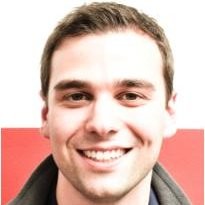
Erol Toker
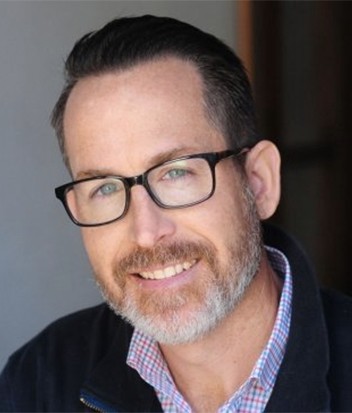
Brett Queener
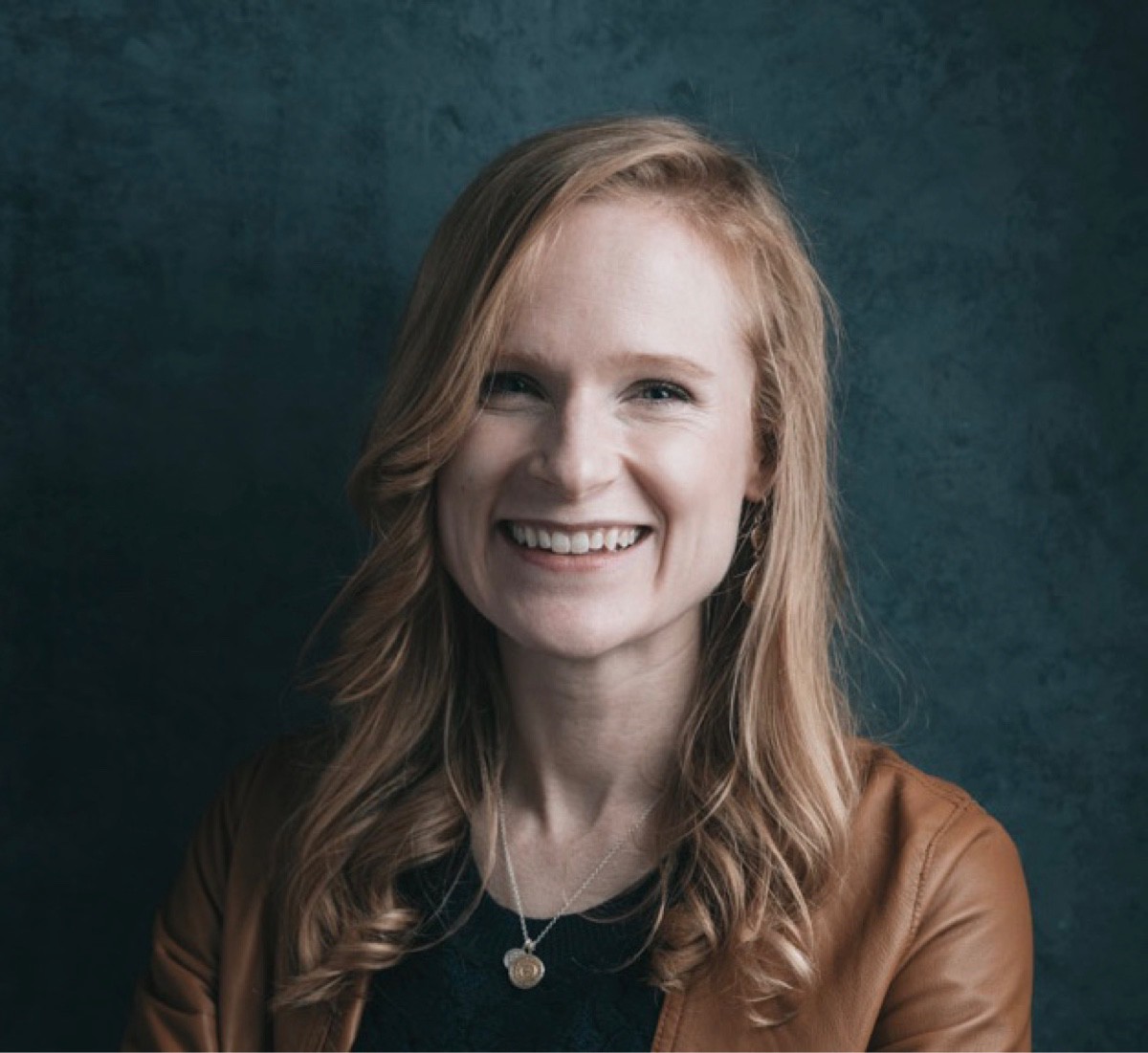
Allison Pickens
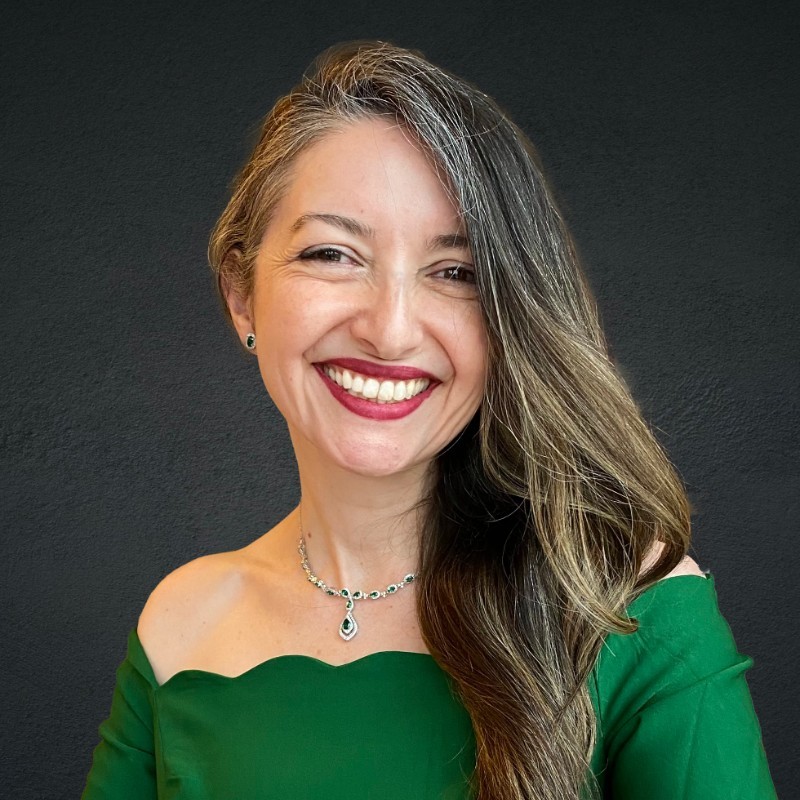
Marcela Piñeros
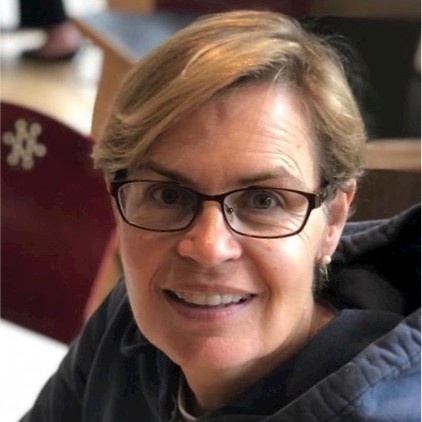
Sylvia Kainz
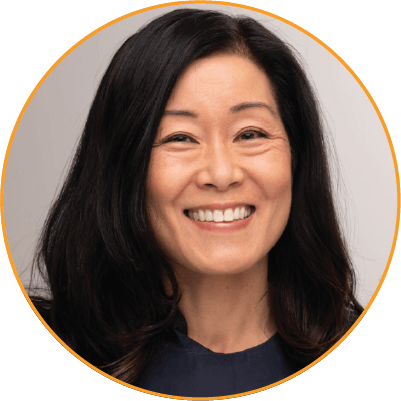
Mallun Yen
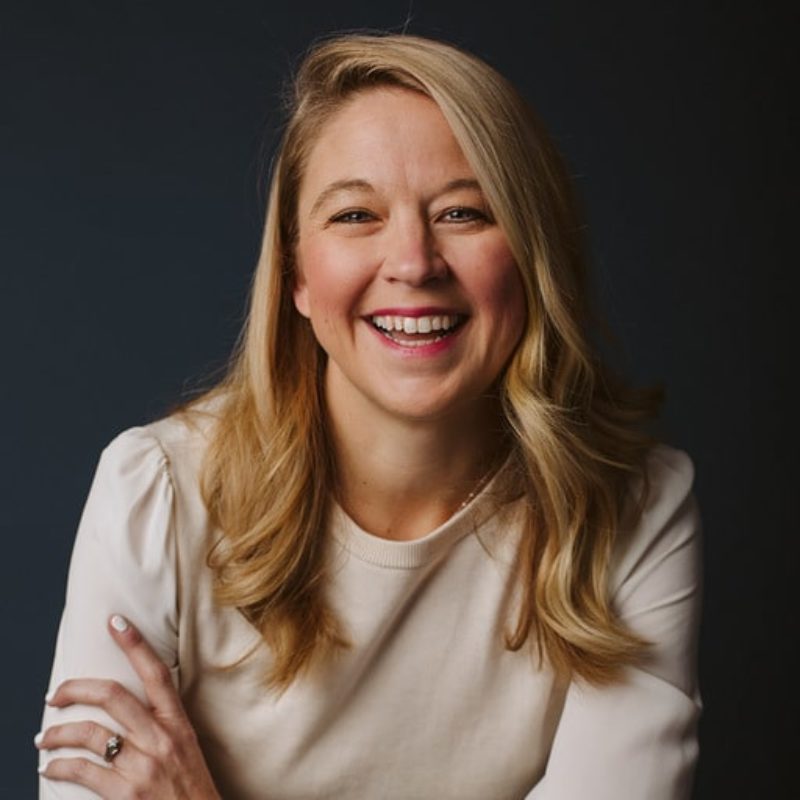
Karen Borchert
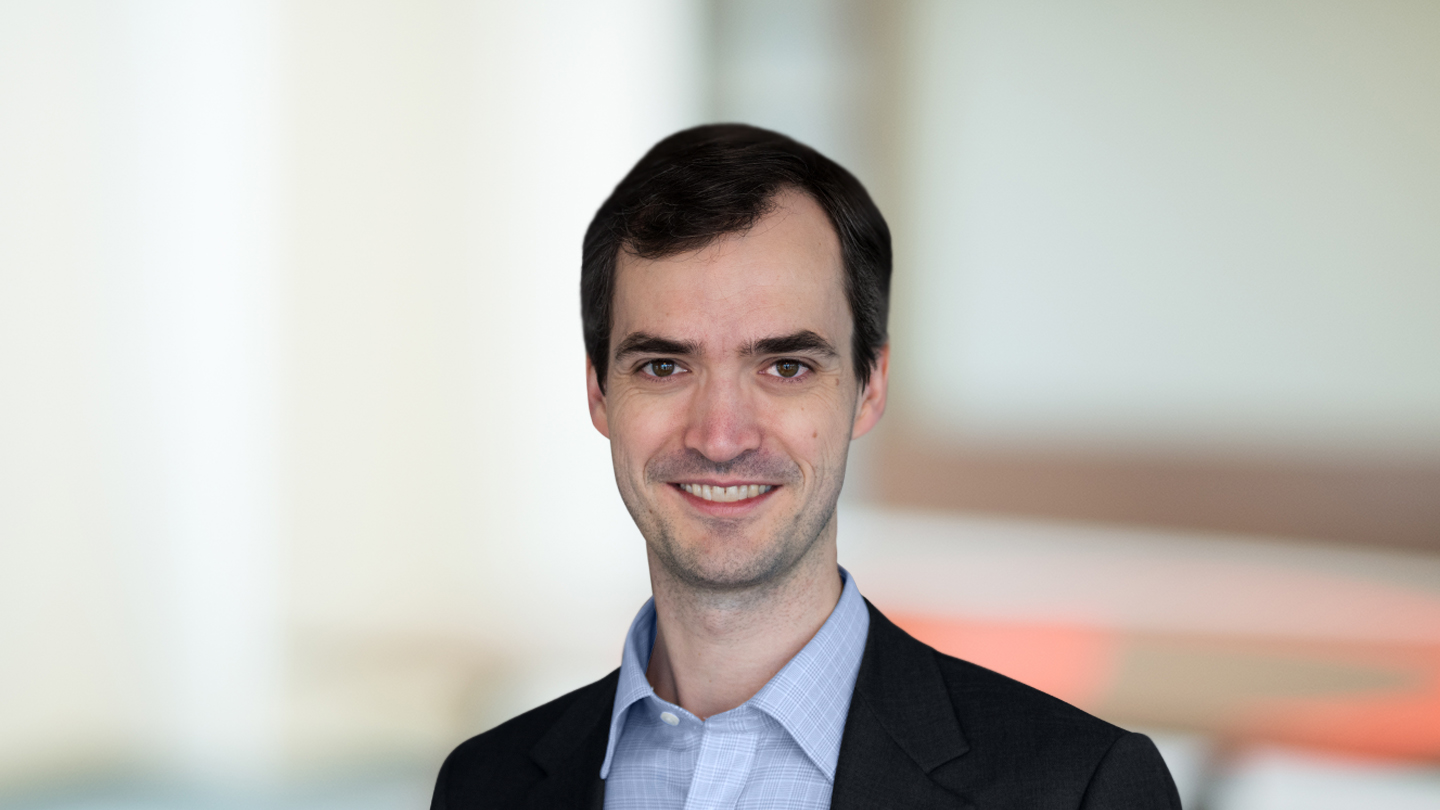
Greg Callahan
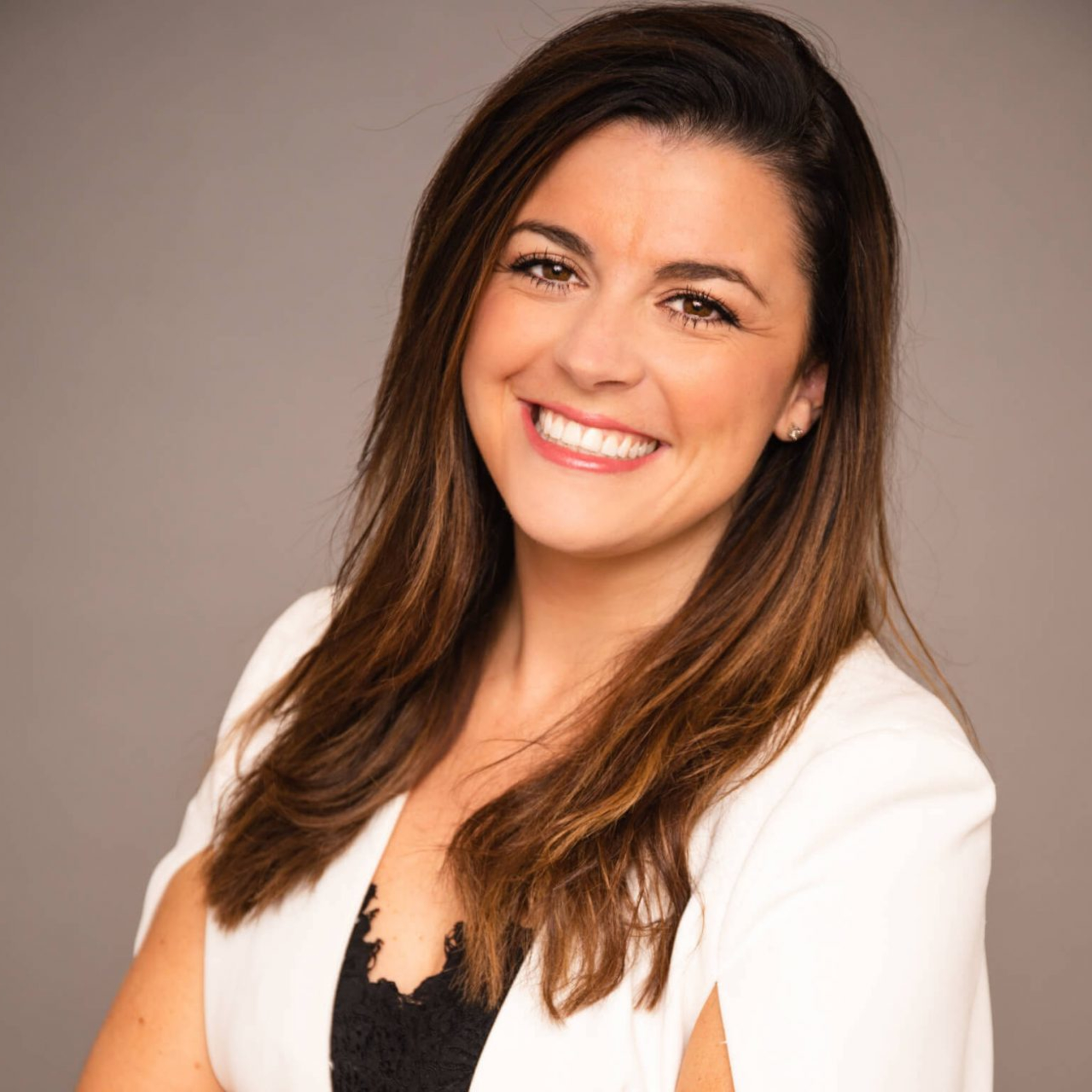
Melanie Fellay
